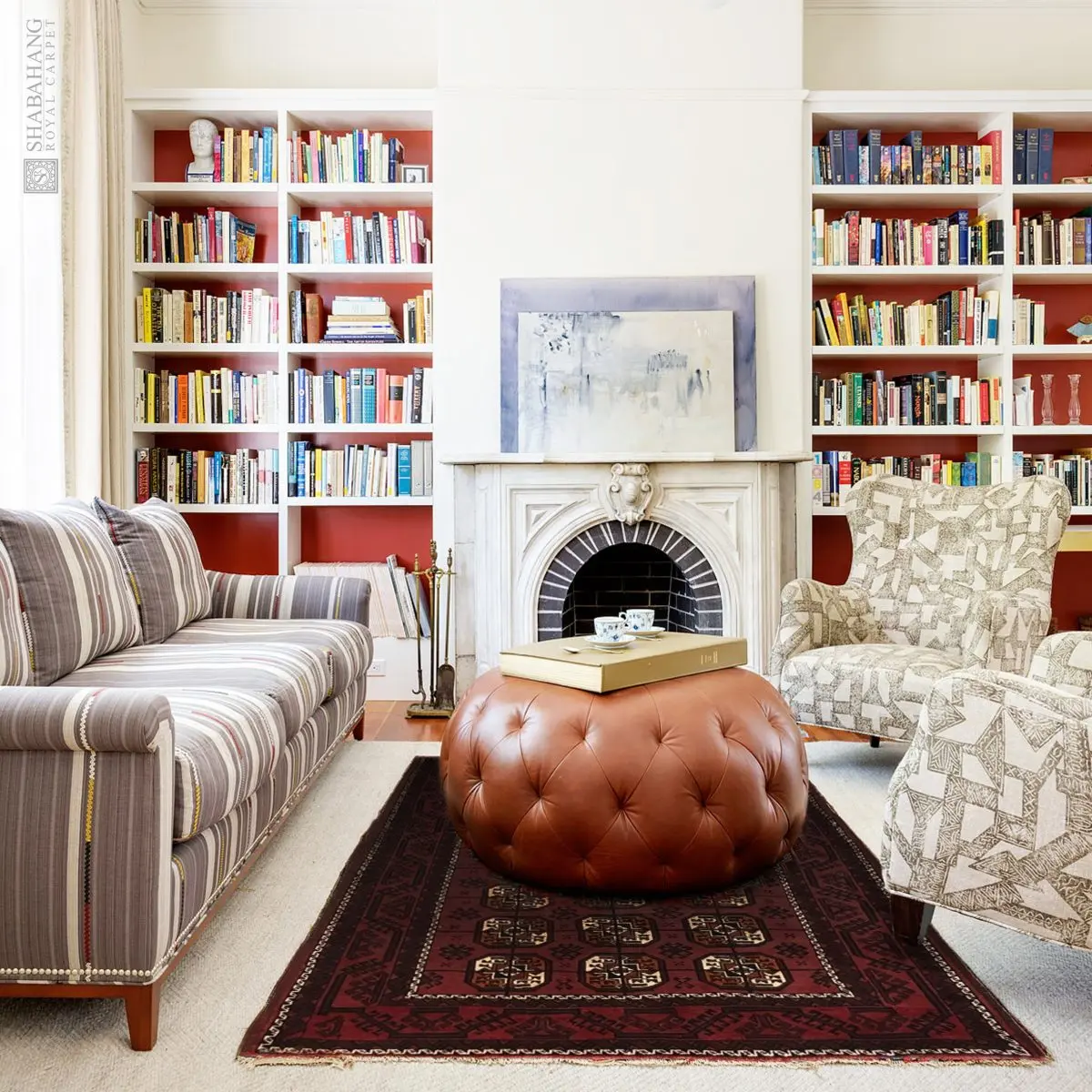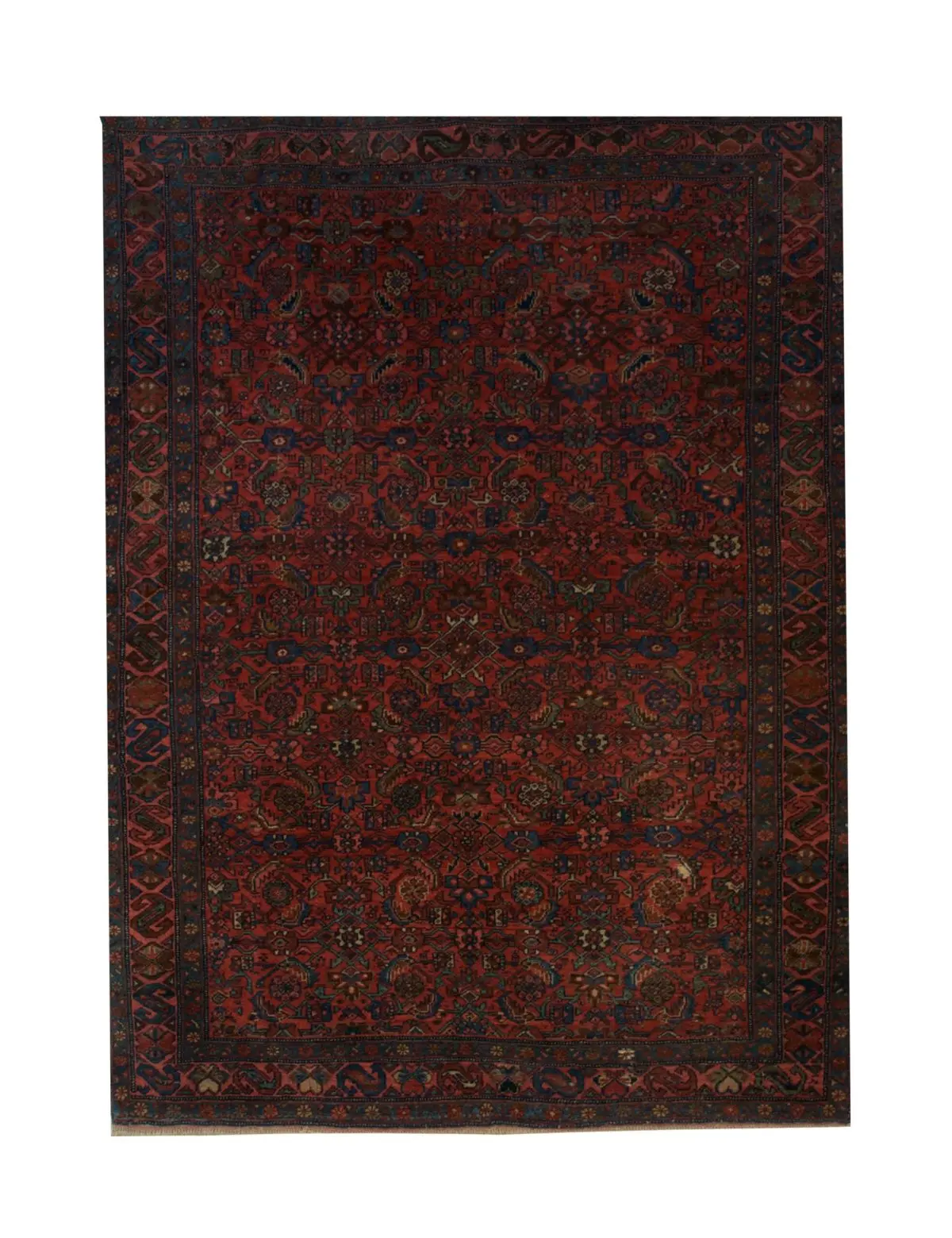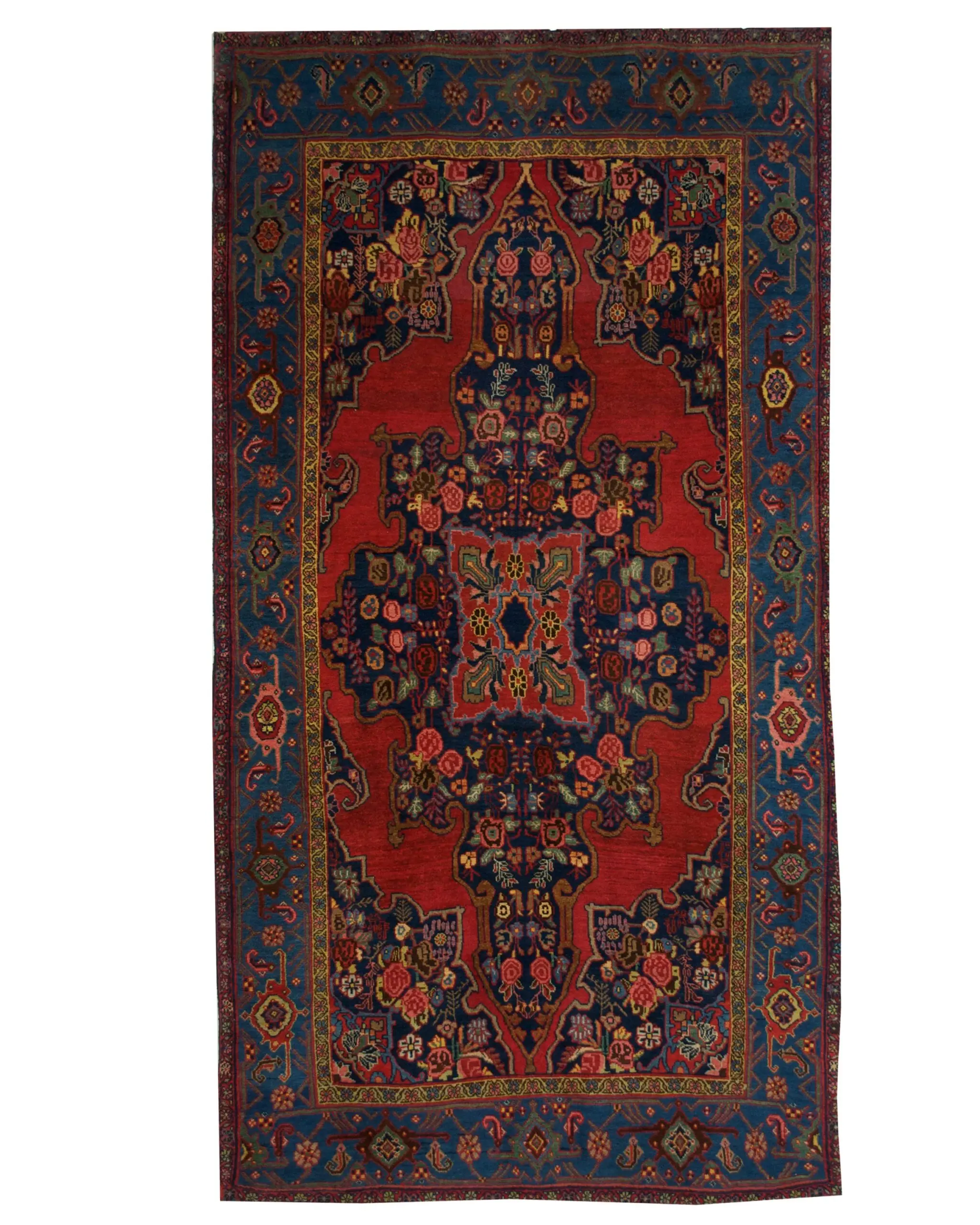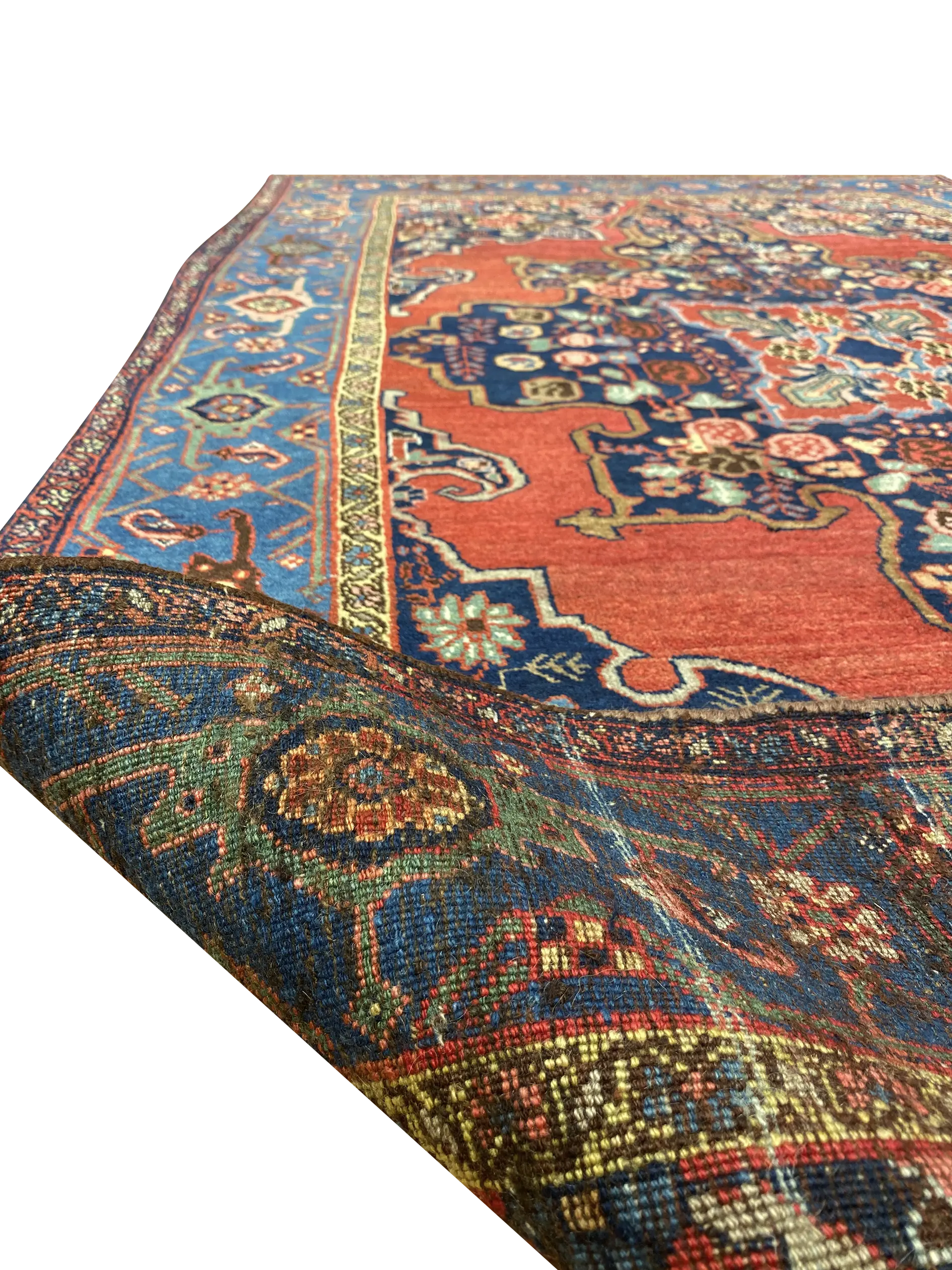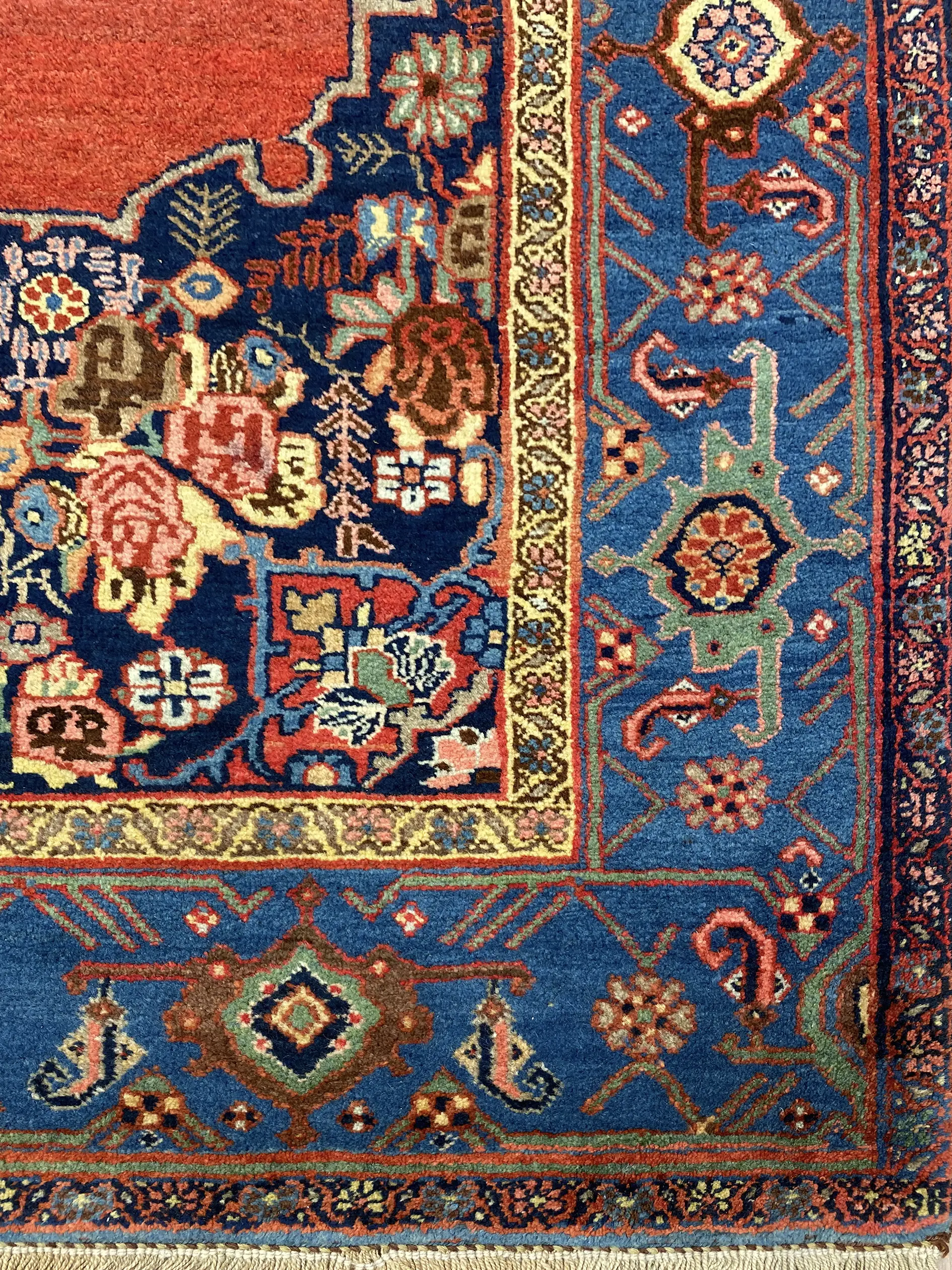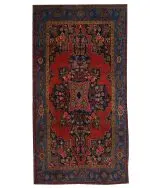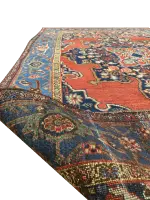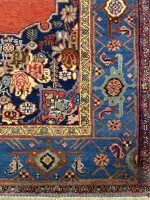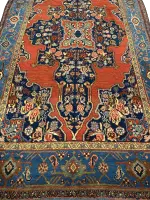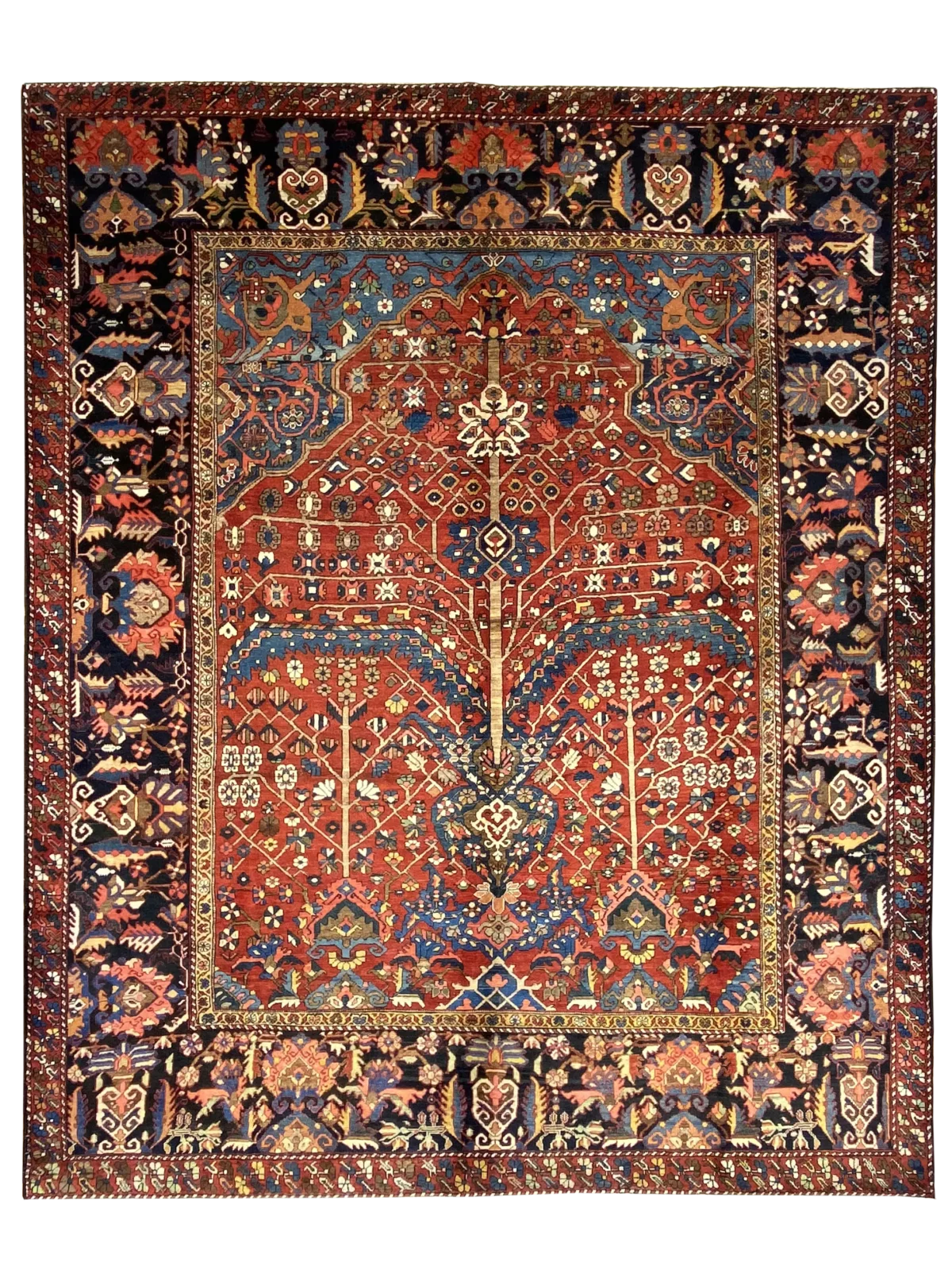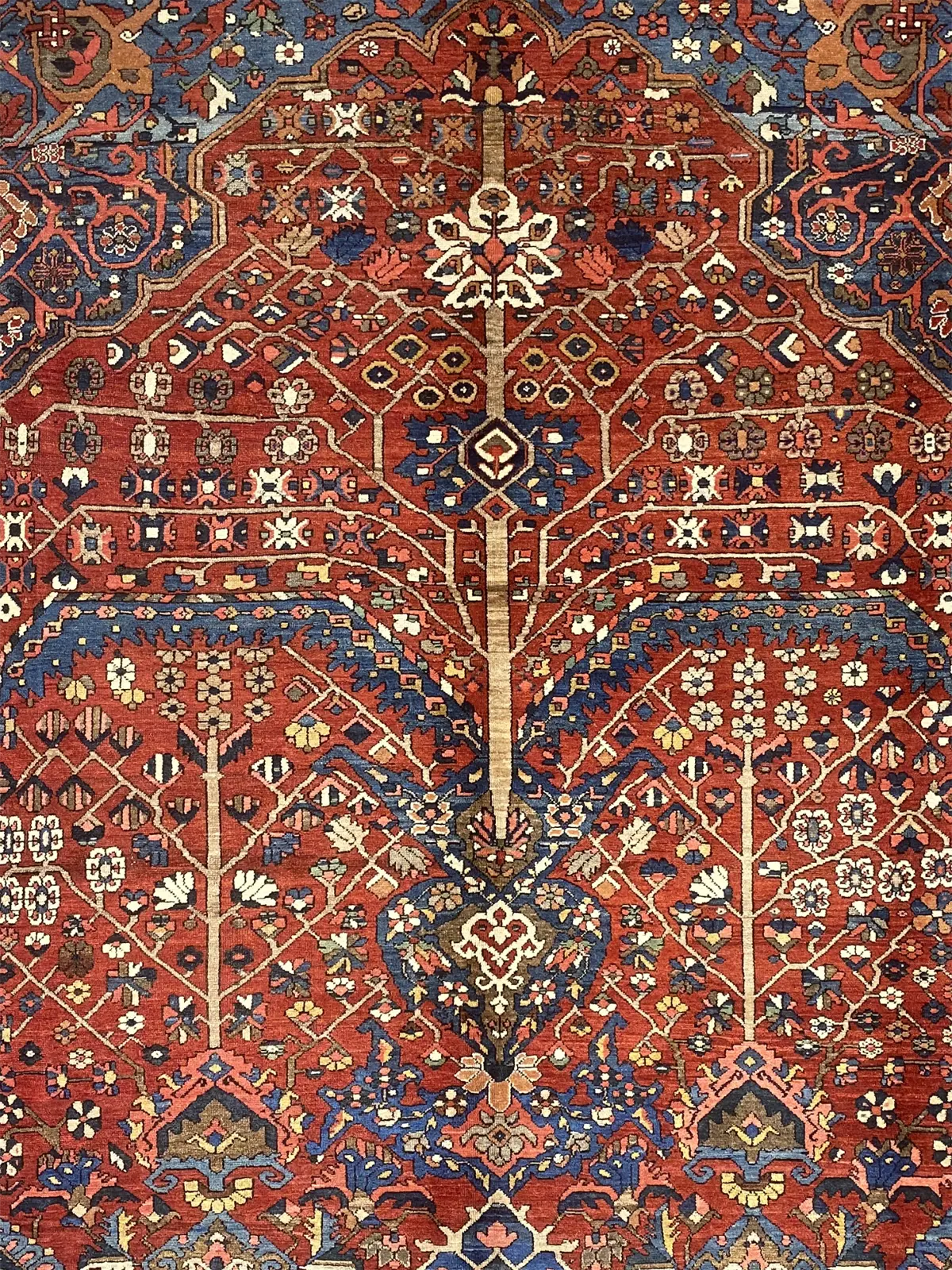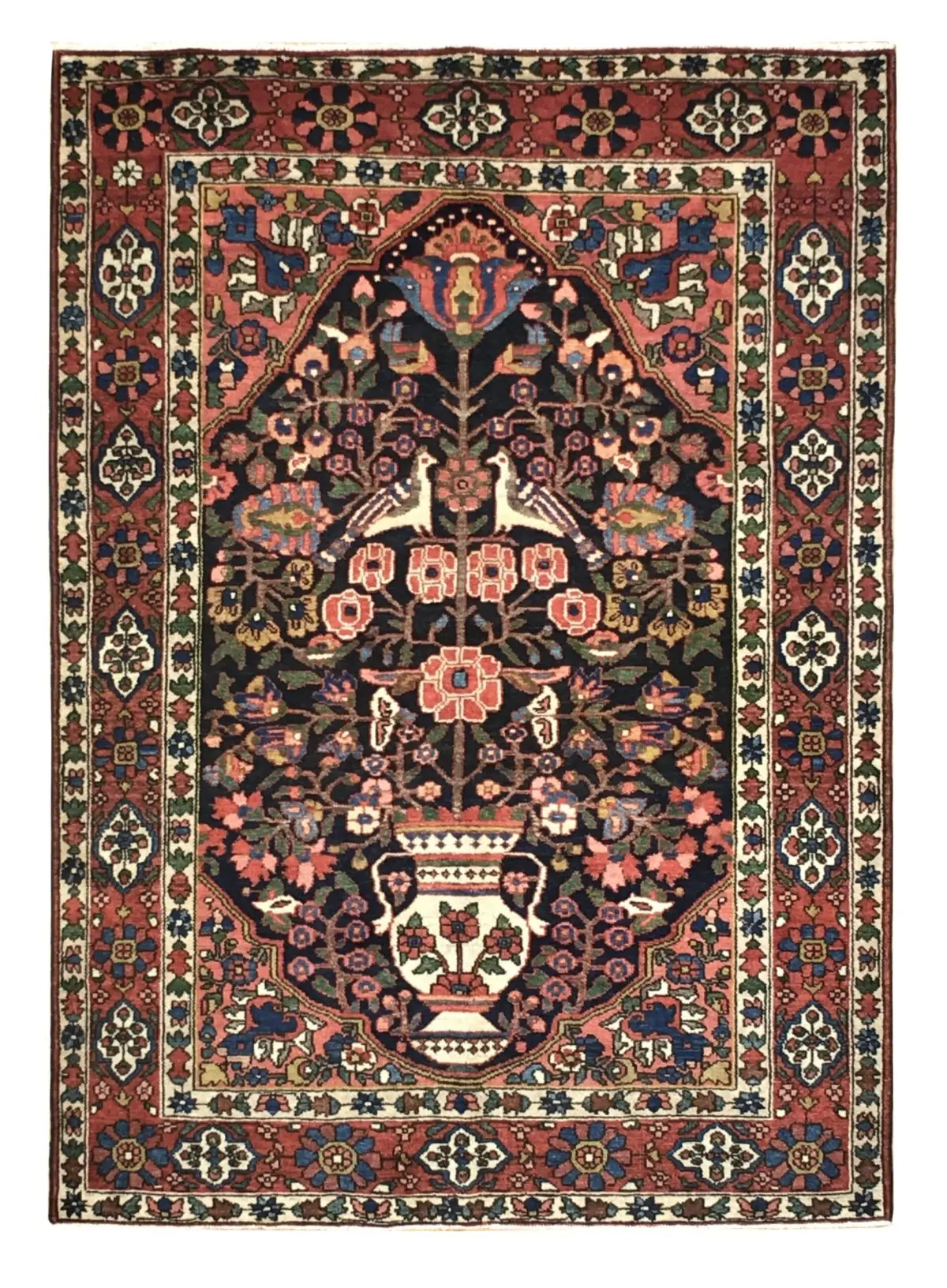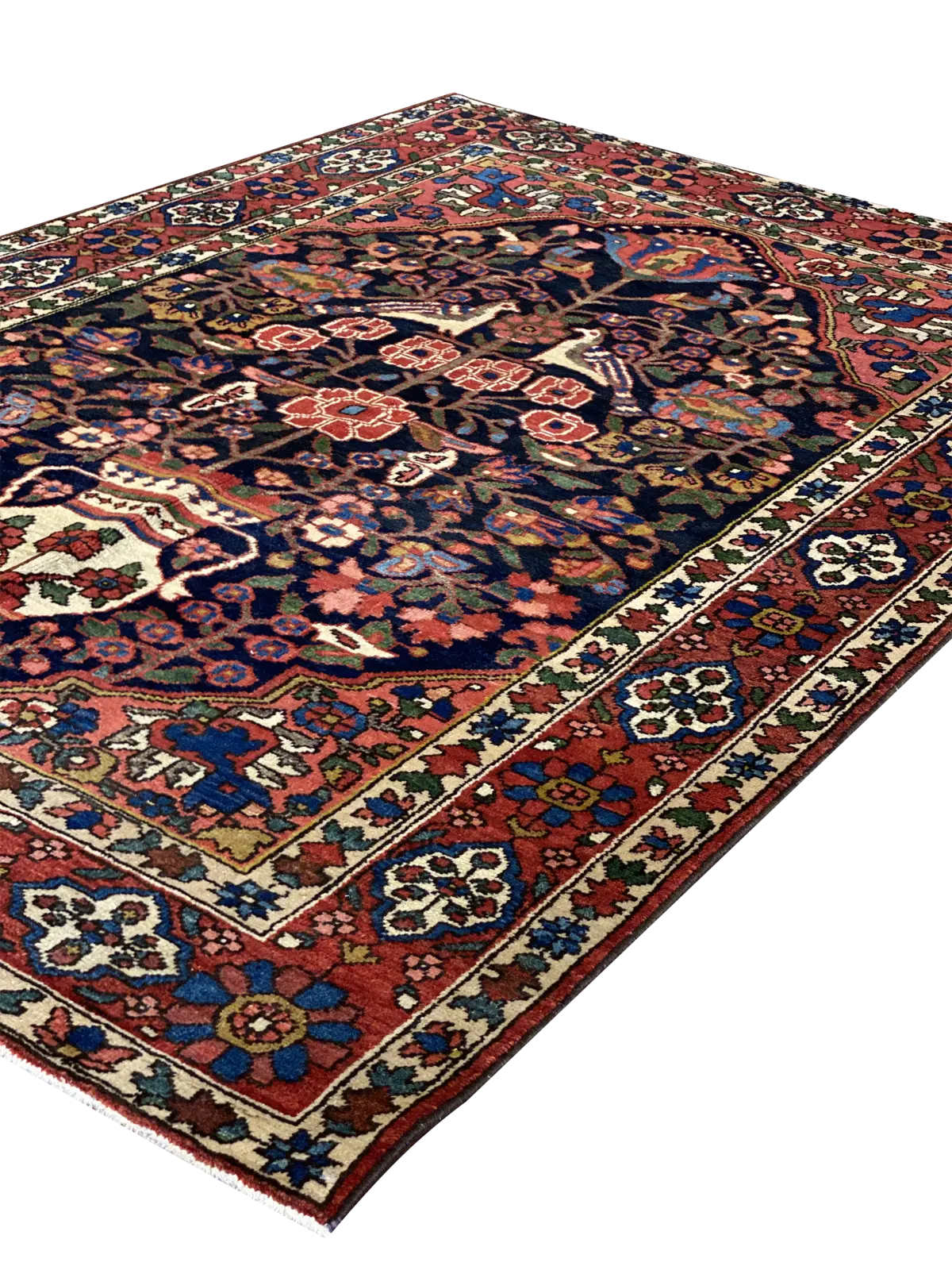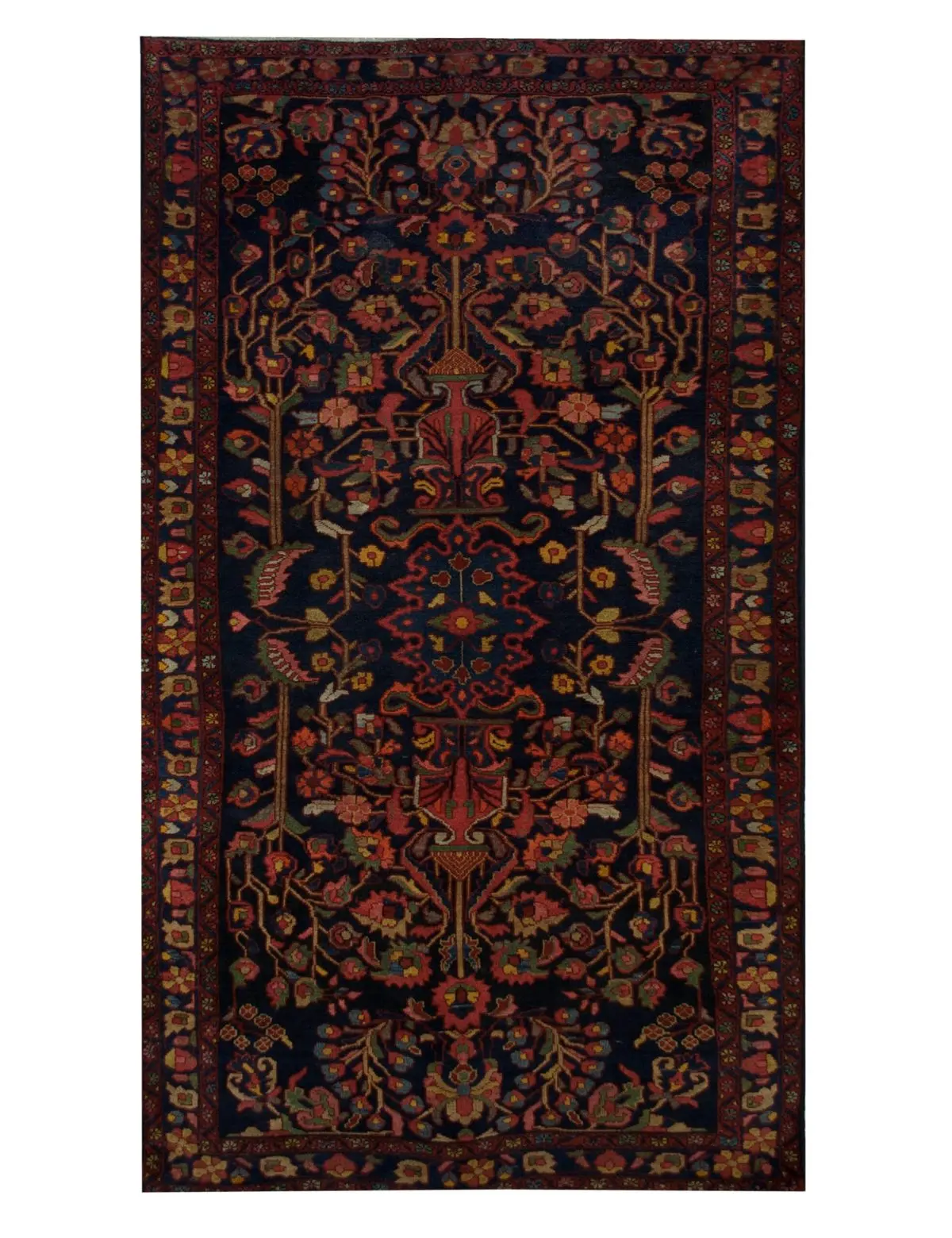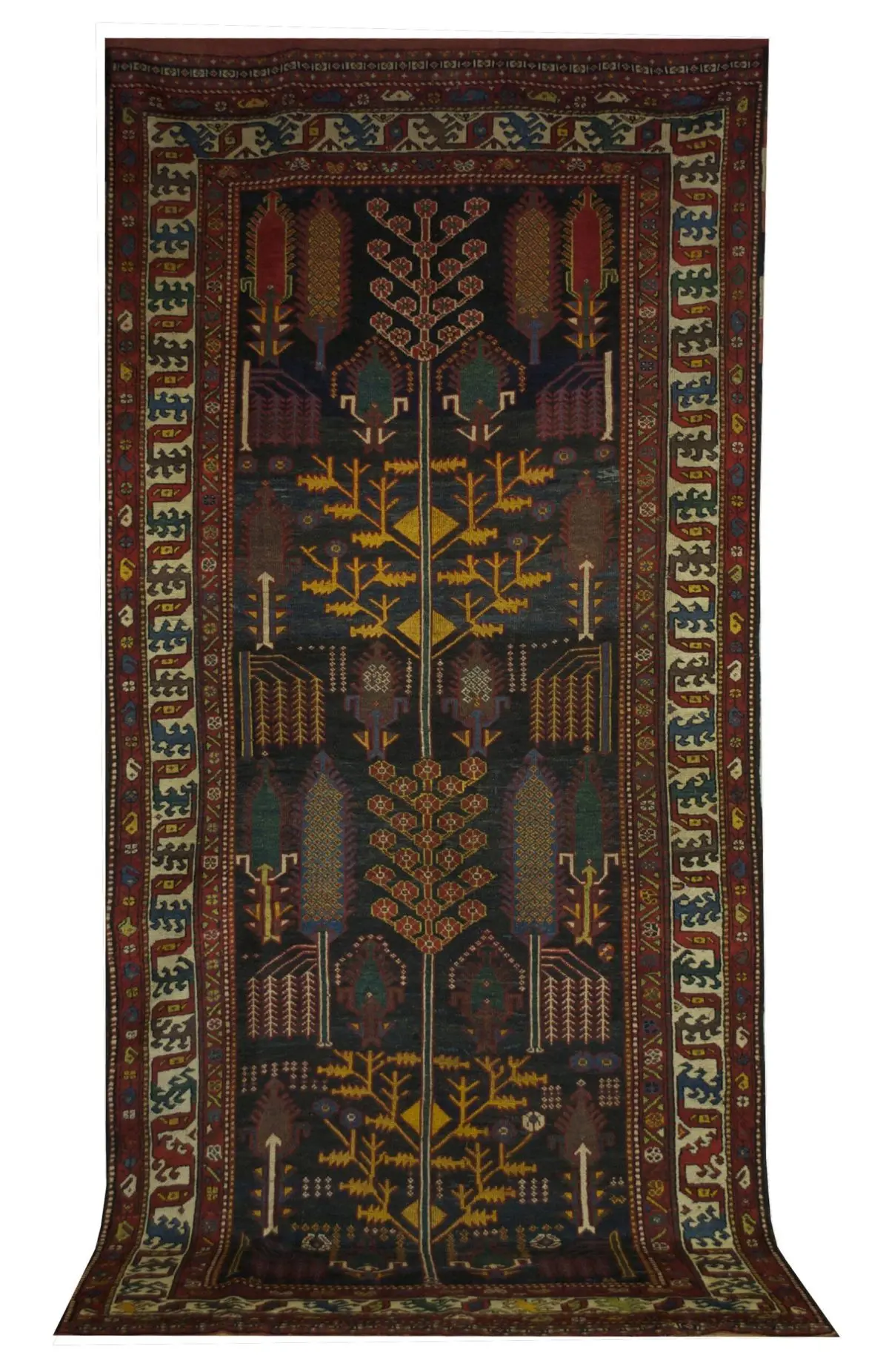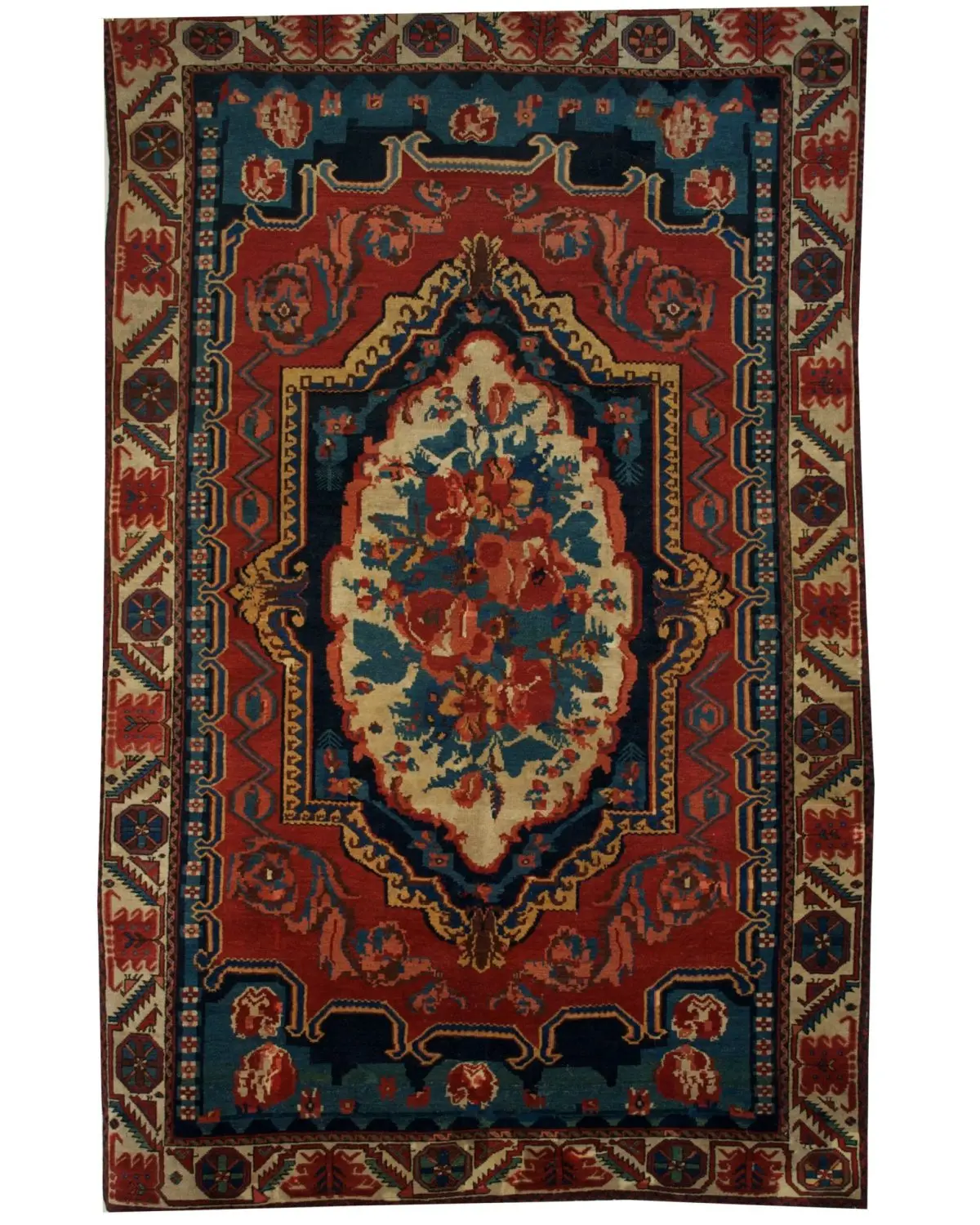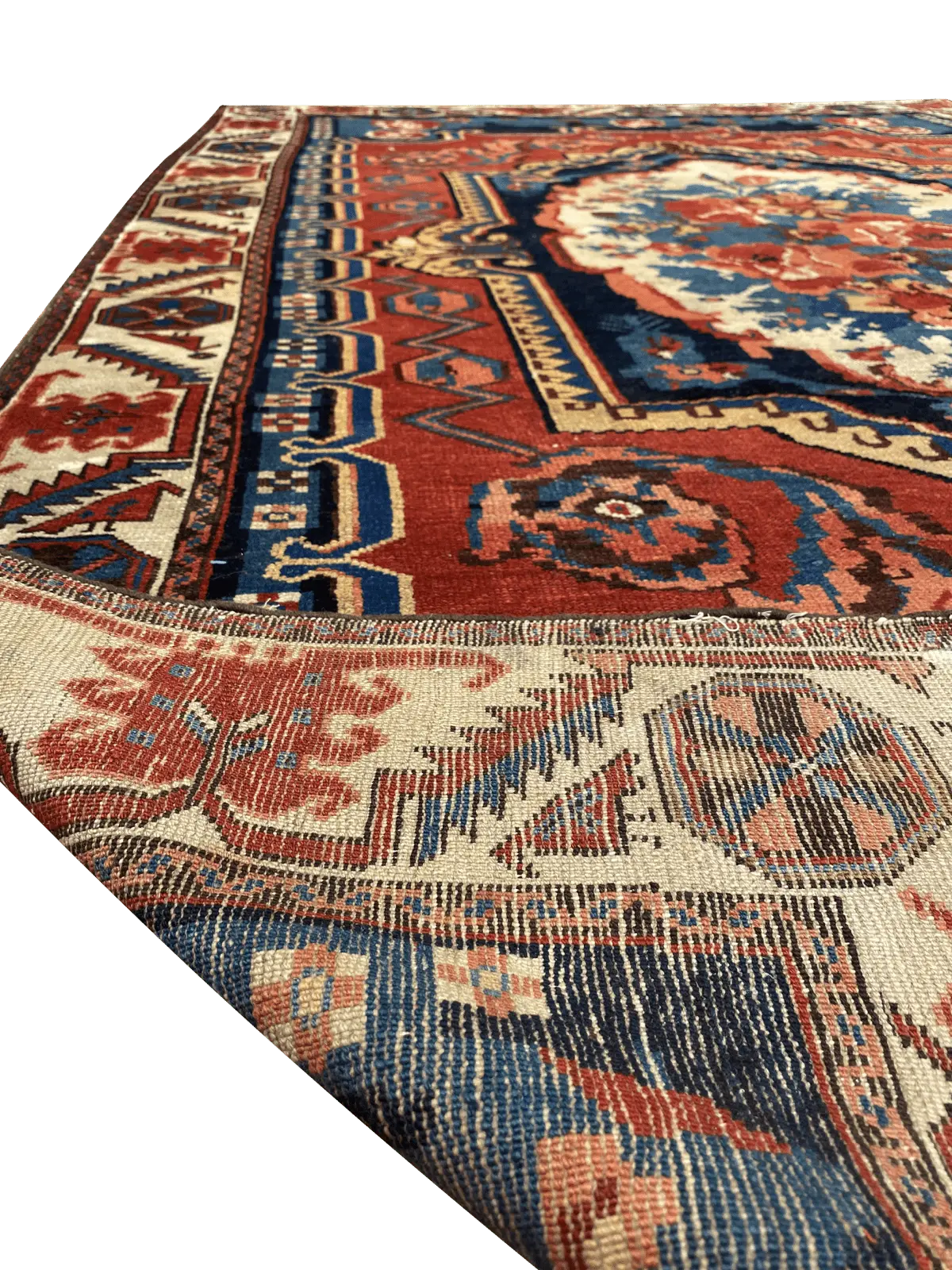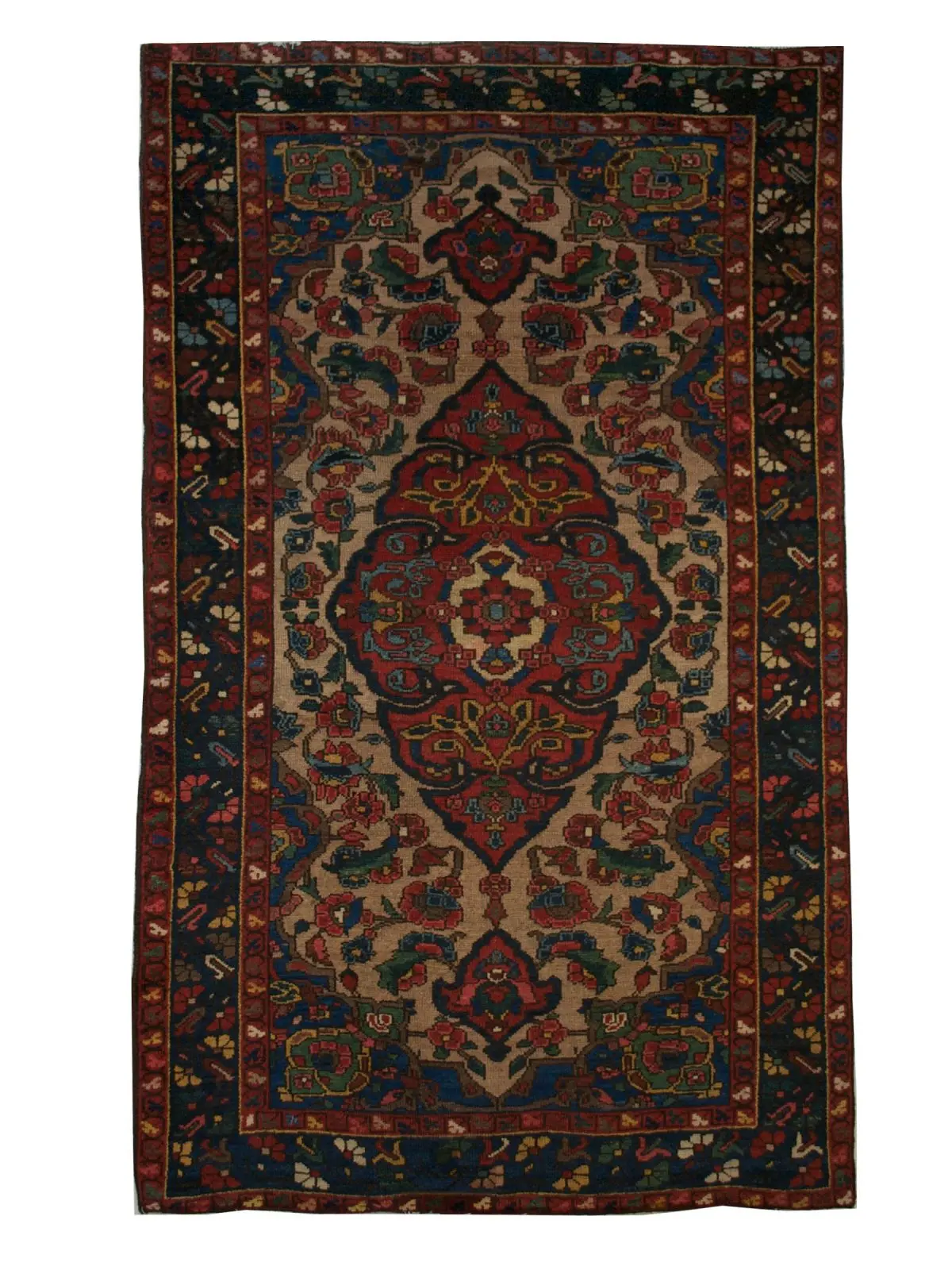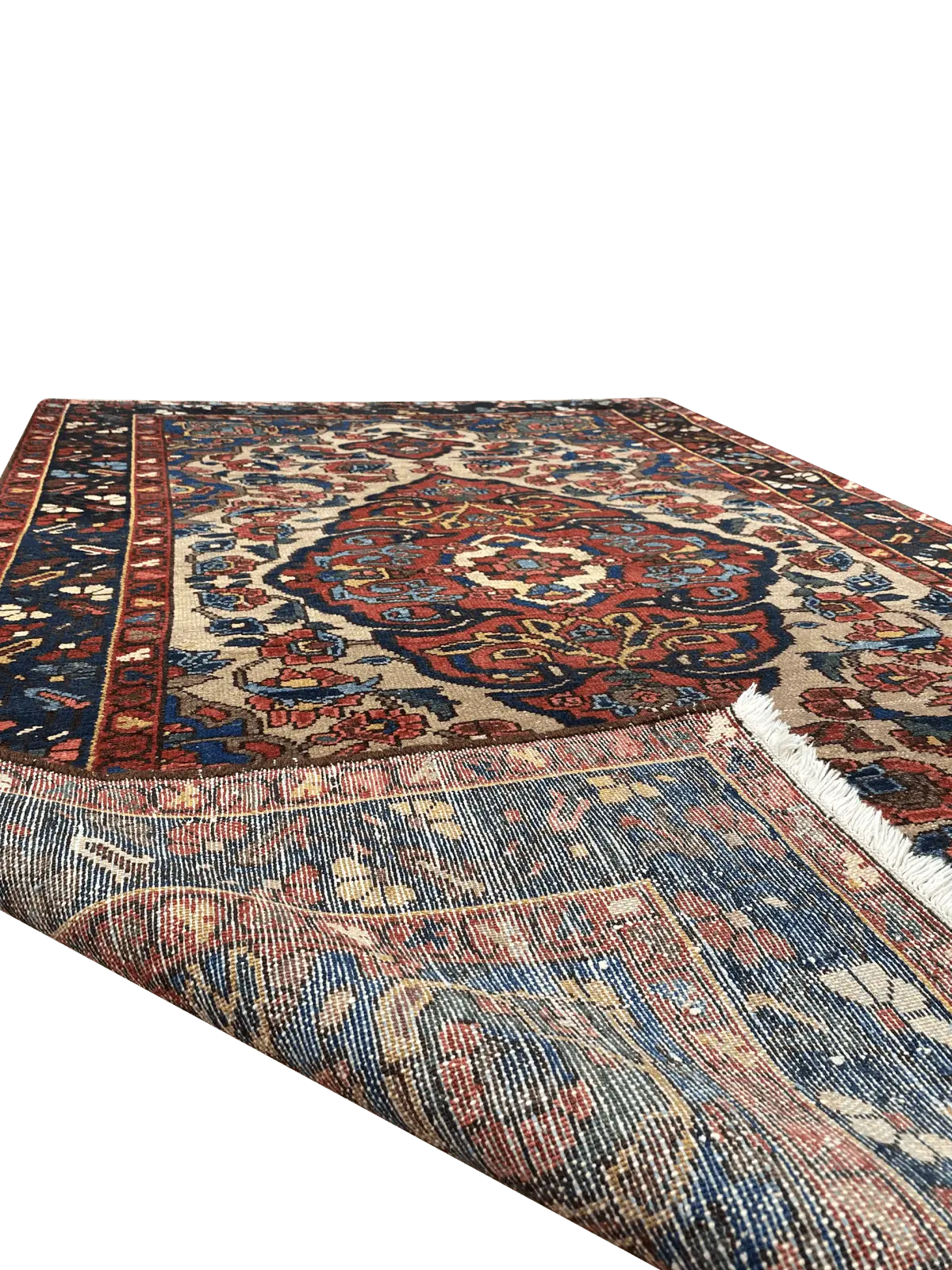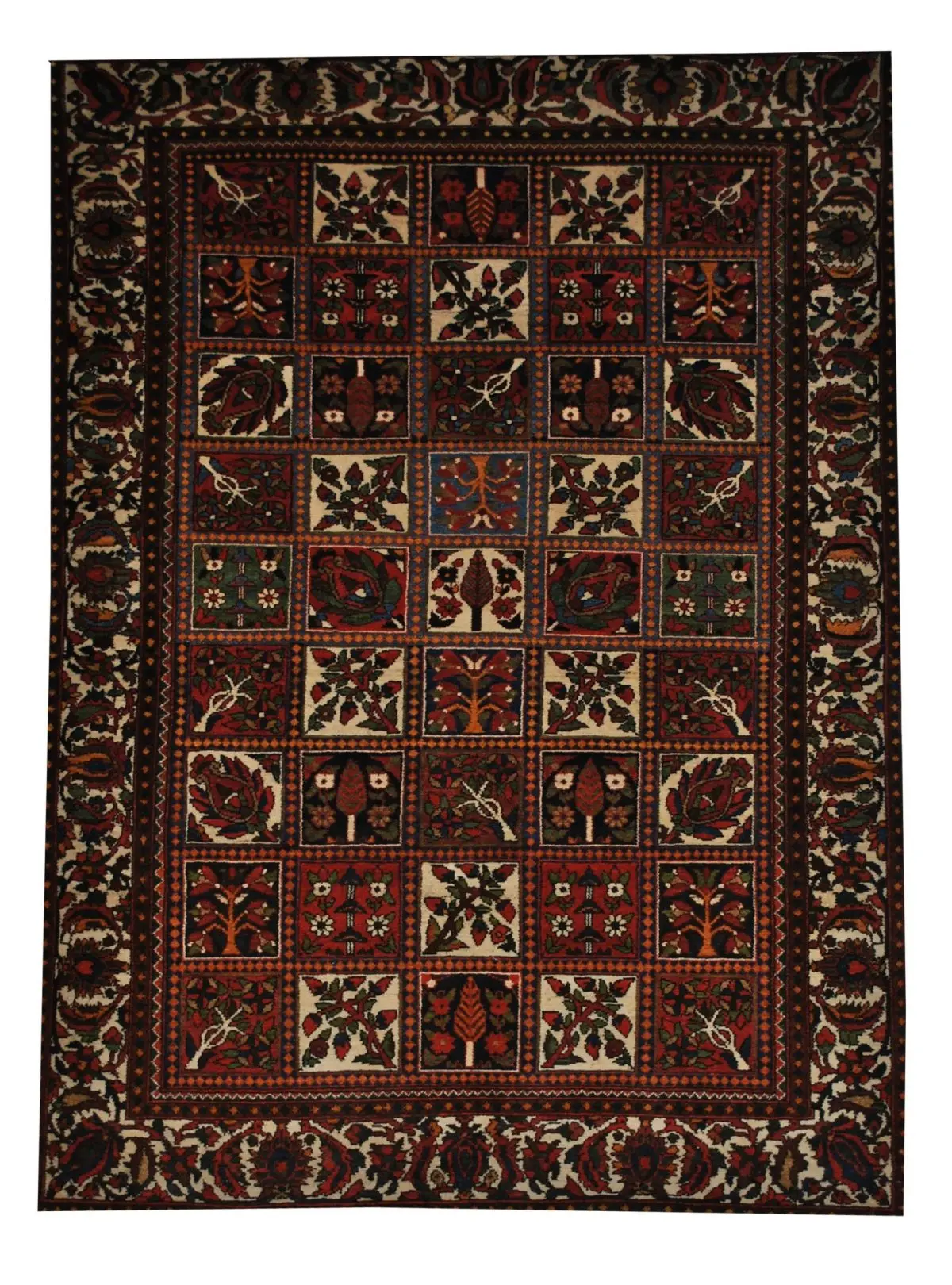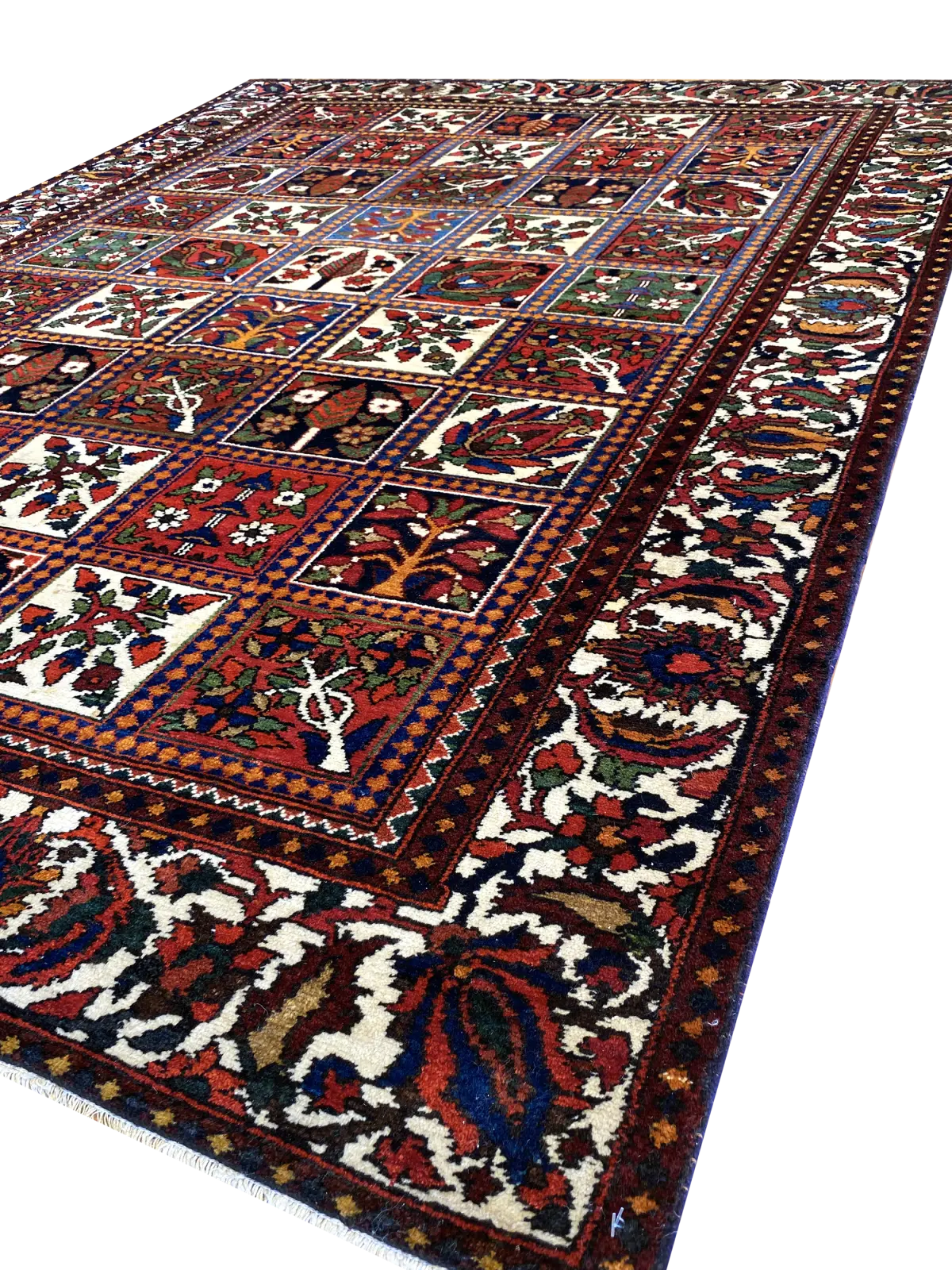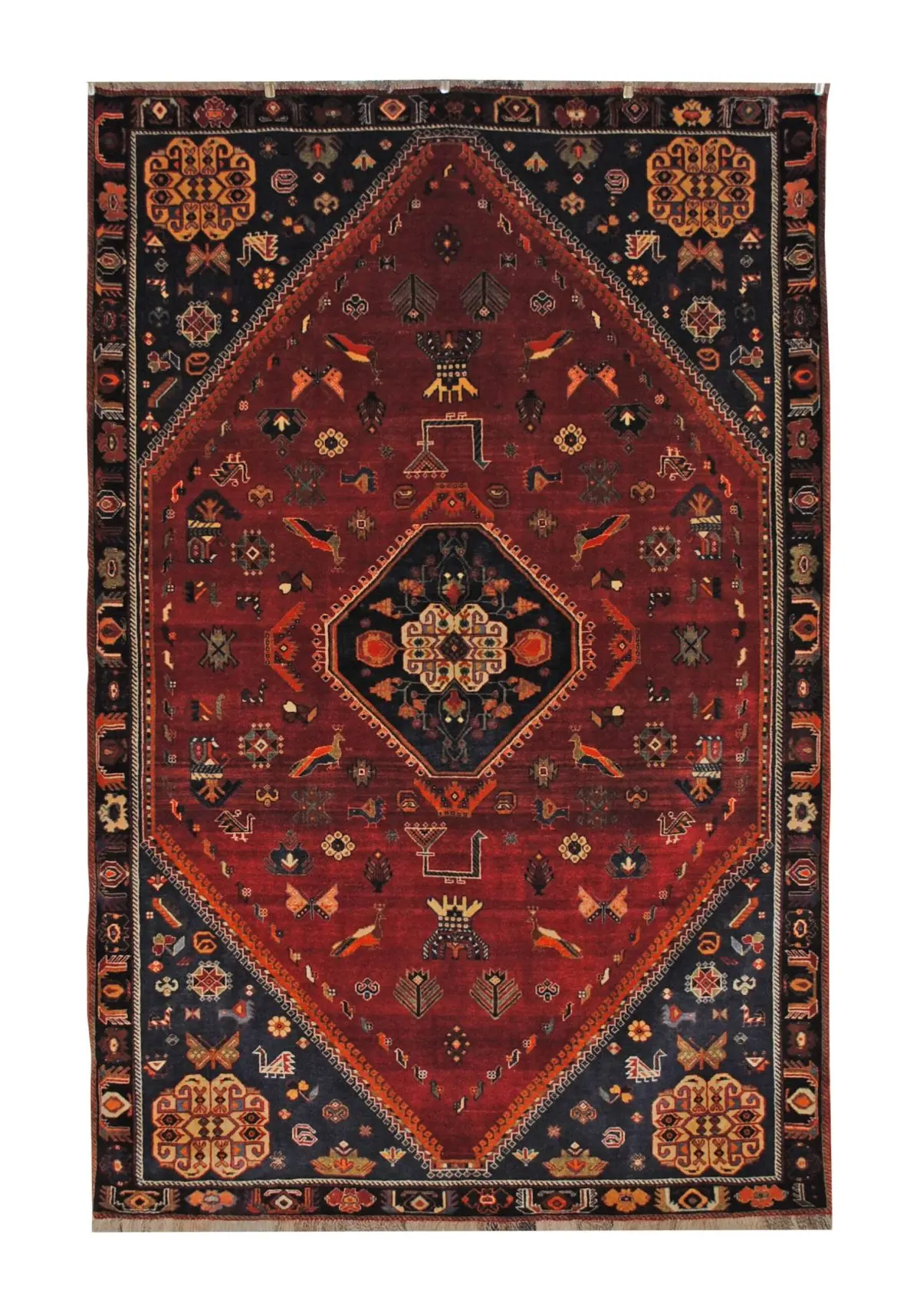Antique Persian Bijar 4′ 10″ x 9′ Handmade Wool Area Rug
$2,850.00
- They are known for their exceptional durability and are often referred to as the “Iron Rugs” of Iran.
- Bijar rugs feature a unique weaving technique called the “Bijar Weave” or “Weft-Weft Backing” that contributes to their strength and longevity.
- The designs of Bijar rugs include traditional motifs such as Herati, Shah Abbasi, and Gul Hannai.
- Rich colors, including deep blues, reds, and ivory, are commonly used in Bijar rug designs.
1 in stock
| Origin | Iran |
|---|---|
| Province | Kurdistan |
| Pile | Wool |
| Size | 4' 10" x 9' |
| Warp | Wool |
| Age | 100-120 Years Old |
| Thickness Approx | |
| Color | Red |
| Knot Density | 170 KPSI |
Antique Persian Bijar rugs are named after the city of Bijar, located in the Kurdistan province of Iran. This region has a rich history of rug weaving dating back centuries. The rugged terrain and harsh climate of the area have contributed to the development of durable rugs that can withstand heavy foot traffic and wear over time.
What sets Bijar rugs apart is their remarkable durability and resilience. They are often referred to as the “Iron Rugs” due to their ability to withstand extensive use without showing signs of wear. This is primarily attributed to the unique weaving technique employed in creating Bijar rugs, known as the “Bijar Weave” or “Weft-Weft Backing.” The tightly woven foundation and double wefting make these rugs exceptionally sturdy and long-lasting.
Antique Persian Bijar rugs feature a diverse range of designs and patterns. Traditional motifs such as Herati, Shah Abbasi, and Gul Hannai are commonly found in Bijar rugs. These designs are characterized by intricate floral motifs, geometric patterns, and medallions. The use of rich colors, including deep blues, reds, and ivory, adds vibrancy and elegance to the rugs, enhancing their visual appeal.
| Weight | 38 kg |
|---|

